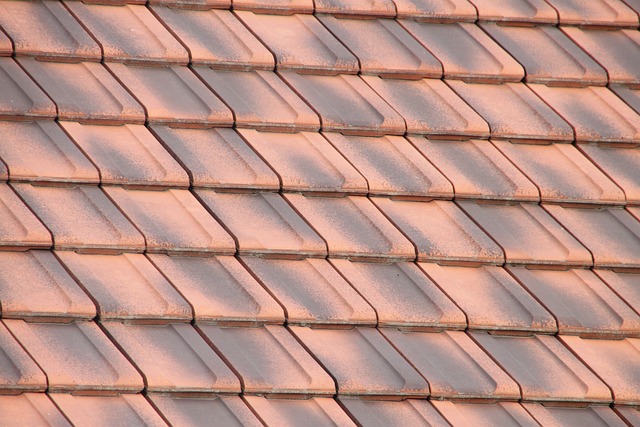A successful temporary roof repair involves understanding your specific needs, including damage assessment, leak sources, and desired duration. Weather conditions, building structure, and budget guide material selection from basic tarps to advanced waterproof systems. Prioritizing waterproofing, proper installation, and regular maintenance extend the lifespan of these solutions. In extreme weather, modern systems offer superior protection at a reasonable cost, preventing long-term financial strain from repeated temporary fixes.
In the face of unforeseen weather events, a temporary roof repair becomes an essential safeguard for any property owner. This article guides you through the process, offering insights into effective and waterproof temporary roofing solutions. From understanding your repair needs to exploring diverse materials and installation best practices, we delve into ensuring longevity. Moreover, we highlight cost-effective measures that offer protection during extreme weather, providing a comprehensive approach to temporary roof repairs.
- Understanding Temporary Roof Repair Needs
- Exploring Waterproof Options: Materials and Methods
- Installation and Maintenance Tips for Longevity
- Cost-Effective Solutions vs. Extreme Weather Events
Understanding Temporary Roof Repair Needs
When considering temporary roof repairs, understanding your specific needs is paramount. This involves assessing the extent of damage or leaks, as well as the duration for which a temporary solution is required. Whether it’s a sudden storm causing emergency repairs or scheduled maintenance during construction projects, each scenario demands tailored solutions.
Factors like weather conditions, building structure, and budget constraints influence the choice of materials and methods. Waterproof temporary roofing options vary from basic tarps to more sophisticated systems designed to withstand specific environmental challenges. Knowing these needs upfront ensures a more efficient, effective, and cost-friendly temporary roof repair process.
Exploring Waterproof Options: Materials and Methods
When it comes to temporary roof repairs, waterproofing is paramount. Exploring waterproof options involves understanding a variety of materials and methods available in the market today. From traditional tarps and plastic sheeting to more innovative solutions like membrane roofs and metal panels, each option offers unique advantages and disadvantages based on factors like duration, weather resistance, and cost.
Choosing the right material depends on the specific needs of your project. For short-term fixes, budget-friendly tarps can provide sufficient protection against rain and snow. On the other hand, for longer-lasting solutions, membrane roofs or metal panels might be more suitable, offering enhanced durability and resistance to extreme weather conditions, making them ideal for temporary structures that require a more permanent fix until a permanent roof can be installed.
Installation and Maintenance Tips for Longevity
When it comes to installing a waterproof temporary roof, proper technique and regular maintenance are key to ensuring longevity. Begin by ensuring the surface is clean and free of debris before applying any sealing or shielding materials. Use high-quality products designed for temporary roofing to prevent leaks and extend the lifespan of your repair. After installation, inspect the roof regularly for any signs of damage, such as torn membranes or loose flashings. Promptly addressing these issues through simple repairs or replacements will save you from more extensive work down the line.
Maintain a consistent cleaning routine, removing dirt, leaves, and other accumulations that could block drainage systems or compromise water resistance. Consider using a soft brush or vacuum to avoid damaging the roof surface. Additionally, keep an eye out for any signs of moisture intrusion, like mold growth or musty odors, which may indicate underlying issues. Regular maintenance not only prolongs the life of your temporary roof but also ensures you catch potential problems early, saving you time and money in the long run.
Cost-Effective Solutions vs. Extreme Weather Events
When considering temporary roof repairs, especially in anticipation of extreme weather events, it’s crucial to balance cost-effectiveness with durability. Traditional tarps and plastic sheeting offer inexpensive short-term solutions for waterproof protection during unforeseen circumstances like storms or leaks. However, these methods may not withstand intense conditions, posing risks to property and potentially leading to more extensive damage and costly repairs later.
In contrast, modern temporary roof repair systems provide a range of affordable options that prioritize durability and longevity. These innovative solutions, designed with advanced materials and technologies, offer superior protection against high winds, heavy rainfall, and even hail. By investing in such systems, homeowners and businesses can safeguard their properties and avoid the financial burden of repeated temporary fixes, ensuring peace of mind during unpredictable weather events.
When faced with temporary roof repairs, understanding your needs and exploring waterproof options is key. By considering the right materials and methods, along with proper installation and maintenance, you can ensure longevity even during extreme weather events. Remember, cost-effective solutions exist, but prioritizing durability and reliability is essential for any temporary roof repair project.
